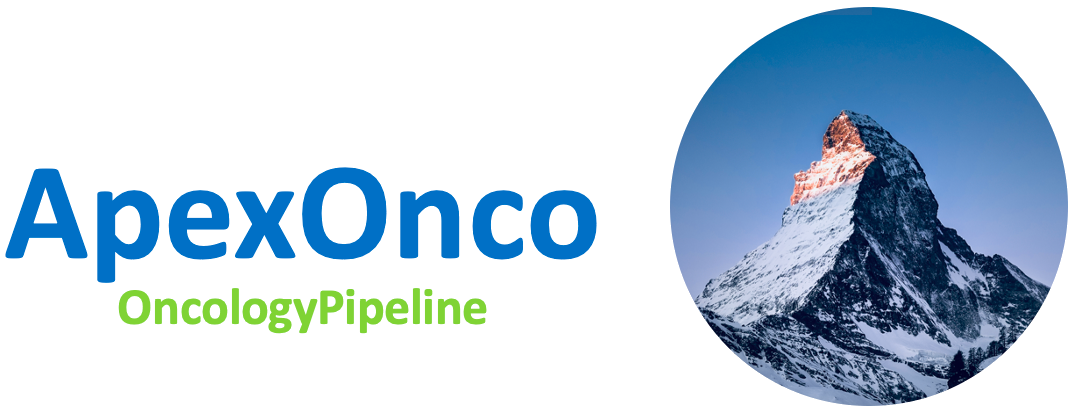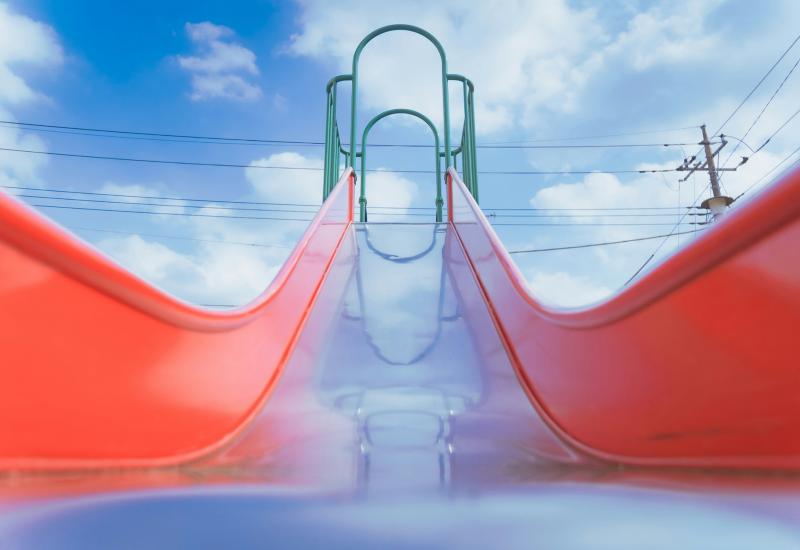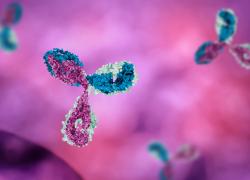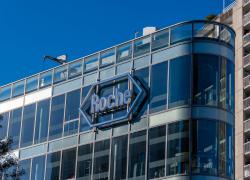
Revolution gets selective
The group’s latest update focused on new data with the KRAS G12C inhibitor elironrasib.
The group’s latest update focused on new data with the KRAS G12C inhibitor elironrasib.

Revolution Medicines is most famous for its pan-RAS inhibitor daraxonrasib, but during its first-quarter earnings, released after market on Wednesday, the company released a rash of new data mostly concerning its KRAS G12C contender, elironrasib.
Elironrasib is behind many G12C rivals, but monotherapy efficacy in relapsed NSCLC looked better on a cross-trial basis than with approved therapies, Amgen’s Lumakras and Bristol Myers Squibb’s Krazati. Elironrasib also showed signs of being combinable, notably with checkpoint inihibitors, although there are caveats around the latest data.
For one, the update involved relatively small patient numbers; secondly, overall response rates included confirmed as well as unconfirmed responses. Revolution still has work to do to justify its $7bn valuation, but nevertheless its stock rose 13% on Thursday morning.
Elironrasib monotherapy
Revolution’s unique selling point is that it targets the “on” states of KRAS proteins; according to the company it is RAS “on” signalling that drives uncontrolled growth, so it believes that its assets could have the edge over KRAS “off” inhibitors like Lumakras and Krazati.
The elironrasib monotherapy data released Wednesday appear to back up this claim. In NSCLC patients previously treated with immunotherapy and chemotherapy, but not a KRAS G12C “off” inhibitor, the ORR was 56% with a 200mg twice-daily dose.
This looks better than the 28% and 32% ORR seen with Lumakras and Krazati respectively in their second-line NSCLC trials. Elironrasib could also have an edge on safety, with only a 19% rate of grade 3 treatment-related adverse events, and none at grade 4 or 5. Notable grade 3 adverse events were diarrhoea (6%), QTc prolongation (3%), and ALT and AST elevation (3% apiece).
However, Revolution’s number included confirmed and unconfirmed responses. Still, unconfirmed responses were only included in its ORR number if treatment was still ongoing.
Other G12C inhibitors are coming, including Roche’s divarasib, which has produced a confirmed ORR of 53% in advanced NSCLC in phase 1, and is being tested head-to-head against approved G12C inhibitors in phase 3.
Elironrasib + Keytruda
Combining KRAS G12C inhibitors with checkpoint blockers has proven problematic in the past, with liver enzyme elevations scuppering Amgen’s plans for a Lumakras/checkpoint inhibitor combo.
Here, Revolution is celebrating a 100% response rate with elironrasib plus Keytruda in first-line NSCLC – although there are even more reasons to be cautious about these data: the analysis only included five patients, all with PD-L1 expression of 50% or higher, and four of the five responses were unconfirmed, although treatment remains ongoing, so they might be confirmed with longer follow-up.
As for side effects, Revolution only disclosed a 25% rate of grade 3 or higher treatment-related adverse events, without saying whether any were grade 4 or 5: one case of QTc prolongation, and one AST elevation.
Elironrasib + daraxonrasib
Finally, the company presented data on elironrasib alongside its pan-RAS inhibitor daraxonrasib. The idea behind this combo is to prevent tumour-escape mechanisms, but one question is why this can’t be addressed with a pan-RAS inhibitor alone.
A previous update focused on colorectal cancer patients previously treated with a KRAS G12C “off” inhibitor, while the latest results focused on KRAS G12C “off”-experienced NSCLC. Here the ORR was 62% among 26 patients, although again unconfirmed responders with ongoing treatment were included.
Here, Revolution confirmed that hepatotoxicity hadn’t been seen, with no grade 3 or higher liver enzyme elevations; however, there was one case of grade 3 QTc prolongation, which the company said was asymptomatic. Meanwhile, 12% of patients had grade 3 or higher rash; this is a known side effect with daraxonrasib.
Revolution said that, in 2026, it plans to start “one or more” pivotal combination trials of either elironrasib or its KRAS G12D-selective asset zoldonrasib. More details will be awaited.
Revolution’s elironrasib update in KRAS G12Cm NSCLC
| Elironrasib monoRx | Elironrasib + Keytruda | Elironrasib monoRx | Elironrasib + daraxonrasib | |
|---|---|---|---|---|
| Setting | 2nd-line NSCLC* | 1st-line NSCLC (PD-L1 ≥50%) | 2nd-line NSCLC (G12C “off” inhibitor experienced) | |
| N | 36 | 5 | 24 | 26 |
| Cutoff date | 7 Apr 2025 | 10 Feb 2025 | 7 Apr 2025 | 10 Feb 2025 |
| ORR | 56%** | 100%^ | 42%^^ | 62%** |
| AEs | 19% Gr3 TRAEs, no Gr4 or 5 | 25% ≥Gr3 TRAEs | N/A | 46% Gr3 TRAEs, no Gr4 or 5 |
Note: Elironrasib dosed at 200mg twice daily; *pts treated with immunotherapy & chemo but not G12C “off” inhibitor; **includes confirmed & unconfirmed PRs that might yet be confirmed; ^4 of 5 PRs unconfirmed; ^^confirmed responses only. Source: company presentation.
This story has been updated to include more safety data.
2735













